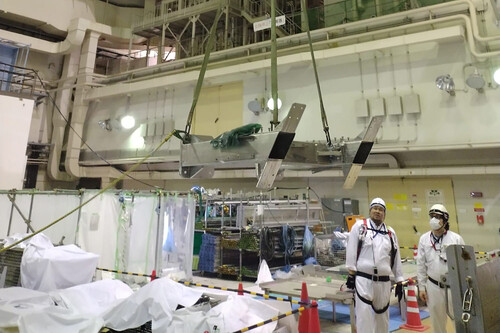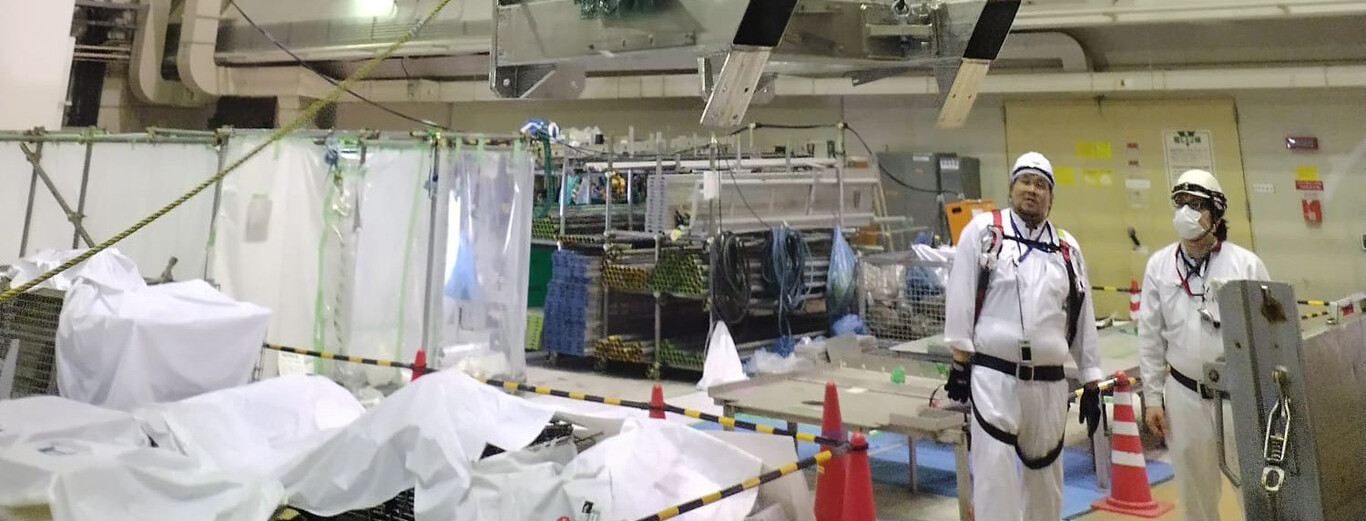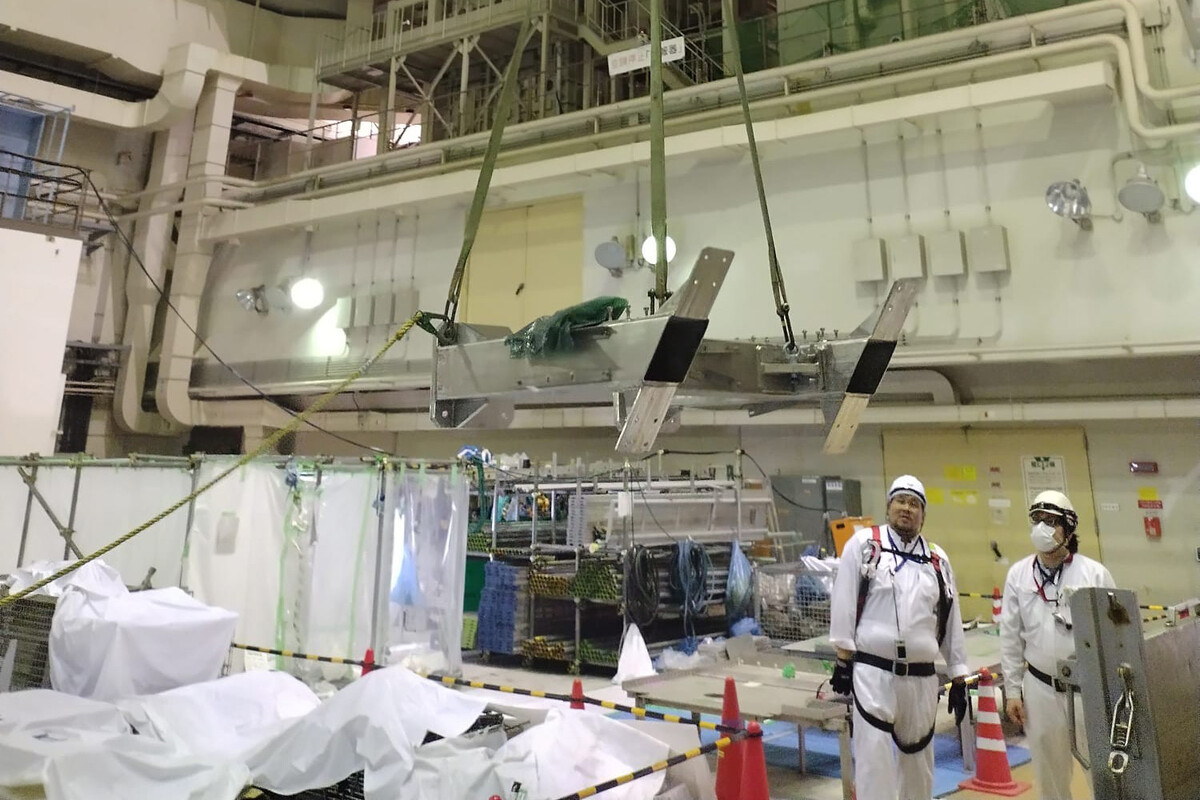JT-60SA: The Mega-Toaster of Plasma and Humanity’s Overengineered Hope
Hello everyone. Today we’re going to talk about the JT-60SA, the Frankenstein of nuclear fusion reactors, a machine so big, so shiny, so absurdly bloated with engineering bravado that even a gamer who overclocks their rig to the edge of spontaneous combustion would think twice about calling it “optimized.” What we have here is humanity’s desperate attempt to cook plasma hotter than the core of the sun with the finesse of a surgeon and the budgetary appetite of a triple-A game publisher. Spoiler alert: it’s both impressive and hilariously overcooked.
The Background – A Reactor Born from Another Reactor
The JT-60SA didn’t just appear out of the ether. No, this is Japan dusting off the legacy of the JT-60, a machine from the mid-80s – you know, the era of questionable hairstyles, cassette tapes, and video game cartridges you had to blow in to get working. The JT-60, despite looking like the lovechild of Godzilla and a giant washing machine, hit plenty of milestones in fusion experimentation. Now, with the SA model, they’ve basically taken that recipe and added about a dozen DLC packs of modern engineering nonsense.
Construction started in 2013 and wrapped up around 2020, because of course fusion projects can’t help but drag on like a half-baked Early Access game. And since 2023, this Tokamak monster sits there, ready to “start up” like it’s waiting for a power button that takes a decade-long patch to install.



Specs that Sound Like Cheat Codes
Let’s talk raw numbers, because frankly, even as a medical doctor, I find them amusing. This machine stands 15.4 meters tall with a diameter of 13.7 meters – so, bigger than your house and about as practical. It can confine 130 cubic meters of plasma, generate a toroidal magnetic field of 2.25 teslas, and sustain a current of 5.5 million amps. Yes, amps. If that doesn’t scream “this is fine, nothing will go wrong,” then maybe you’ve stopped caring about your personal safety altogether. Minecraft redstone engineers would cry into their pixelated blocks seeing these numbers thrown around casually.
It’s like someone typed in a “give all resources” developer command and then bragged about their base’s power output. Meanwhile, the ITER reactor over in France is basically being pitched as the gold standard in “plasma supremacy.” When ITER wakes up, we’ll probably see stats that make the JT-60SA look like an old CRT monitor in a world of OLED screens.
Diagnostics: Because You Can’t Just Stick a Thermometer In There
Fusion requires plasma at a cozy 150 million degrees Celsius, which is roughly the equivalent of sticking your pizza in hell’s own oven and hoping it doesn’t vaporize. At that temperature, you don’t just poke around with a thermometer, unless you happen to enjoy melted science equipment. So, Japan and Europe got together to build one of the most advanced diagnostic setups on Earth. Yes, this thing doesn’t just look intimidating; it now comes with laser pointer analysis on steroids.
The Thomson scattering system – sounds fancy enough to make your inner conspiracy theorist scream Illuminati – was built with components from Italy, Romania, and Japan. Instead of poking the plasma directly, it fires high-powered laser beams, measures the scattered light, and crunches numbers about temperatures and densities of electrons. Translation: they’re basically shooting the plasma with rave lights and then running the data through a calculator that would make your gaming GPU blush in shame under the workload.
Europe vs Japan: The Two-Headed Pokémon of Diagnostics
Not satisfied with just one diagnostics system, the JT-60SA is essentially Pokémon fusing diagnostics tech from both continents. Japan tackled the plasma core, while Europe did the plasma edge. Which means at the very heart of the machine, Japan holds the scalpel, and Europe handles the trim. It’s the medical equivalent of one surgeon operating on the brain while another measures the patient’s haircut – necessary, yet slightly absurd.
And here’s the real kicker: fusion’s great problem no longer resides in physics. We already understand the equations well enough to spam them in textbooks and on chalkboards. The pesky catch is engineering. Building stuff that can hold together without melting into slag – that is the nightmare. So every time they add yet another “diagnostic breakthrough,” it’s less “we solved fusion” and more “we temporarily stopped things from exploding when we blinked too hard.”
Let’s Talk About Engineering Fantasy
Here comes the cynical truth. Fusion has been “20 years away” since before some of you were born. The JT-60SA proudly joins this aristocracy of overhyped experimental machines, promising clean, infinite energy but functioning more like a glorified plasma science sandbox. Every step forward is an achievement, sure – but does it feel like we’re moving anywhere, or like we’re playing an endless game of Civilization where everyone picks the “Future Tech” option just to watch the counter go up without actually doing a damn thing?
This isn’t to say what’s happening isn’t valuable. Quite the opposite. It’s essential. But for every breathless headline about tokamaks saving humanity, we should remember: it’s still a glorified beta test. This system of diagnosis, critical though it is, doesn’t push us to commercial reactors overnight. We’re still years of tech iterations away, hacking away like desperate engineers with mod tools, each fix moving us one step closer to stability but still nowhere near launching the full version of the game.
Conclusion: A Colossal Step, But Still a Grind
The JT-60SA is an engineering marvel, no doubt. It looks like the ultimate raid boss in a sci-fi RPG, standing tall with incomprehensible numbers on its stat sheet. The diagnostics breakthroughs are necessary, clever, and perhaps even noble. But underneath, it’s the same tired song and dance fusion has played for decades: progress stapled to hype, endlessly delayed promises, and headlines that outshine the reality of “we’re still testing things.”
So yes, it’s impressive. It’s colossal. And it’s unquestionably important for fusion research. But let’s temper expectations: humanity hasn’t unlocked fusion’s ultimate achievement yet. What we’ve unlocked is yet another mid-tier upgrade we can brag about during the grind. Wake me when we actually power something real with this oversized plasma toaster. Until then, it’s just a prettier save file in the eternal experiment sandbox.
And that, ladies and gentlemen, is entirely my opinion.
Article source: Europa y Japón avanzan imparables hacia la fusión nuclear. Su último logro nos recuerda por qué aún no la tenemos


